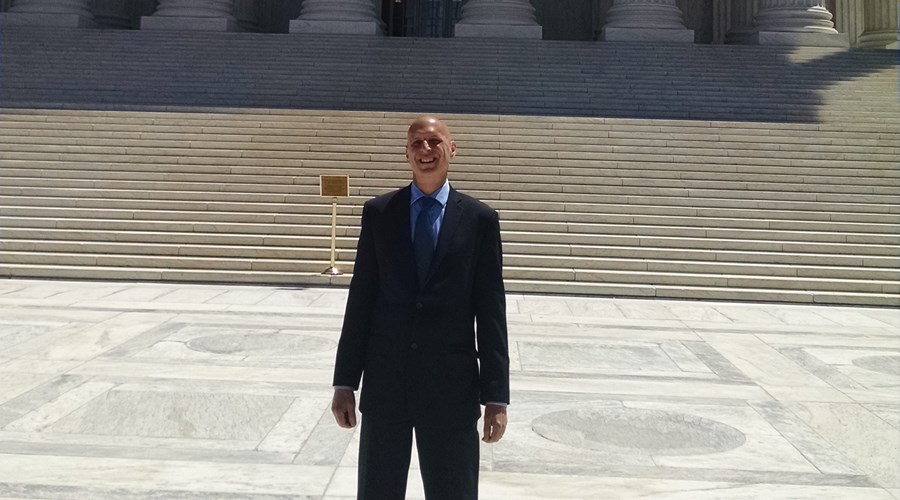On Monday, May 16th, 2016, I had the honor of being present in the United States Supreme Court to be sworn in as a member of the U.S. Supreme Court Bar. While I was there, I had the unique opportunity of observing the courts deliver its decisions, including that of the case Husky International Electronics V. Ritz.
The U.S. Supreme Court ruled in favor of Husky International Electronics 7 to 1. I was fortunate enough to be able to listen to Justice Elena Kagan speak for the majority and read through the decision. The case was an important one for bankruptcy attorneys such as myself, as it redefined what debts can and cannot be discharged in bankruptcy. More specifically, the case determined what the term “actual fraud” in the Federal Bankruptcy Code meant and what it encompassed.
At issue in the case was whether or not the actions of Daniel Ritz—an individual who had ran up a nearly $164,000 debt to Husky International prior to filing for Chapter 7 Bankruptcy—constituted as “actual fraud” as defined under Section 523(a)(2)(A) of the Federal Bankruptcy Code. The Federal Bankruptcy Code prohibits the discharge of “any debt . . . obtained by . . . false pretenses, a false representation, or actual fraud.” Ritz had not made any false pretenses or false representations when taking on the debt, but rather, engaged in a fraudulent transfer of money from one business entity to another.
Ritz took on debt from Husky under one corporate entity (Chrysalis Manufacturing), then transferred a majority of the funds from Chrysalis to a separate business in order to make it appear as if Chrysalis had minimal assets and thus was eligible for bankruptcy. The courts were asked to decide whether this conveyance of funds that occurred after the debt was established constitutes as “actual fraud.” If so, then the debts owed to Husky International would not be dischargeable under bankruptcy.
The courts had previously ruled in favor of Ritz and had determined that the debts owed to Husky International were eligible for discharge since Ritz had neither made any false representations nor was there any false pretenses prior to the debt having been incurred.
The lower courts held that a transfer of funds cannot be deemed as “actual fraud”—regardless of whether or not the transfer had been allegedly done to avoid paying debts owed. The lower courts interpreted “actual fraud” as being defined strictly by the phrases before it, that is, fraud conducted via “false pretenses” and “false representation.”
The Supreme Court reversed this ruling. In the summary of arguments, Justice Kagan explained that Congress had specifically amended the law to include the term “actual fraud” at the end. If they only meant fraud through misrepresentation and false pretenses, then they would not have gone through the efforts of amending it.
Justice Kagan also used historical precedent and common law to further bolster the Court’s argument in favor of Husky. Dating back to 1571, all the way to medieval England, the term “actual fraud” included “transfer schemes designed to hinder the collection of debt”. The Court thus deemed that Ritz was indeed responsible for the debt owed to Husky and reversed the rulings of the lower courts.
With this Supreme Court Ruling, it is likely that bankruptcy courts will apply greater scrutiny to cases before them and be more likely to state that fraud has taken place even without a “smoking gun”.



Comments